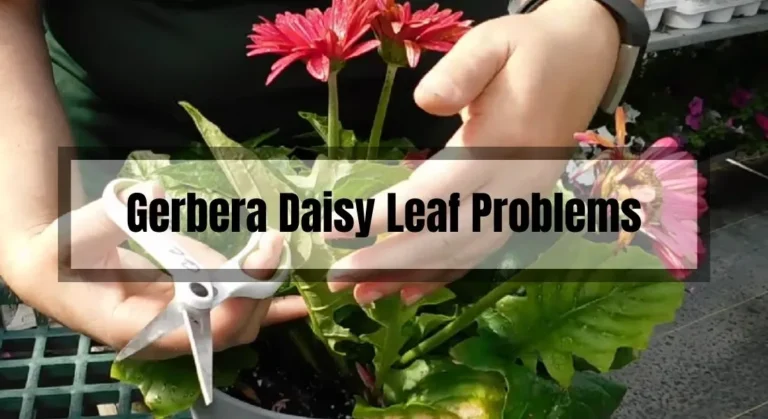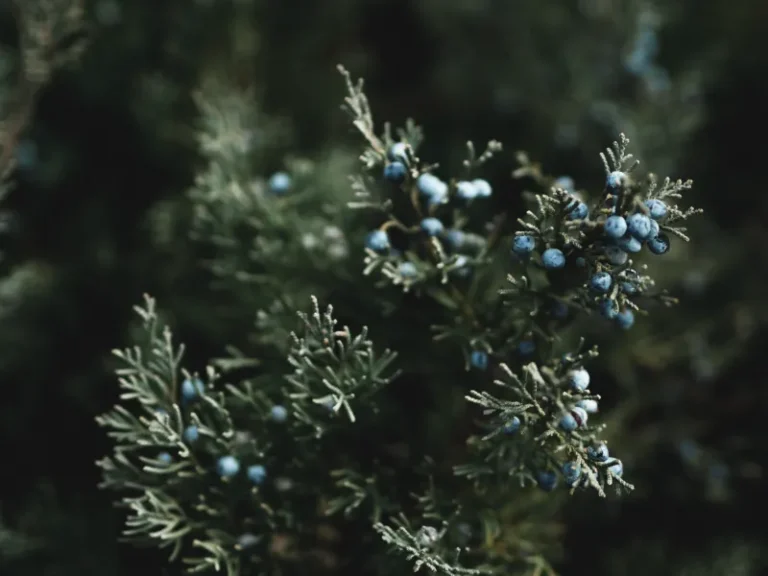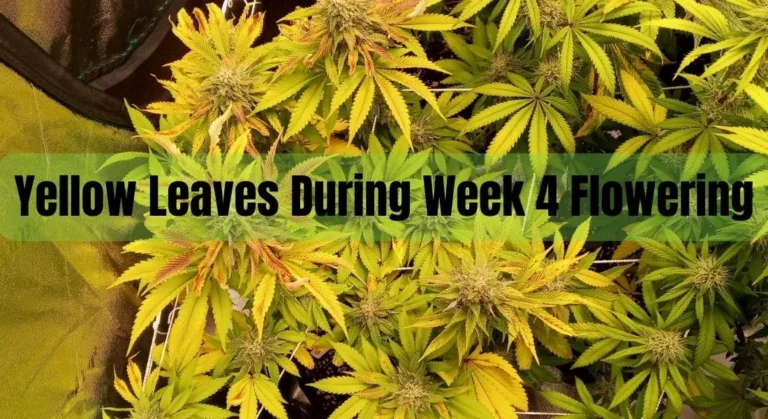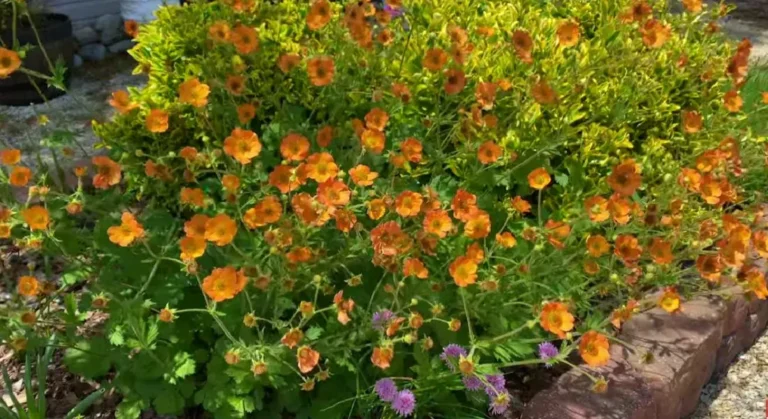Are You Guilty of Underwatering Your Plants? Learn the Impact and Solutions
From Louise: Passionate about gardening, I specialize in plant care and flower knowledge. I’m here to share my expertise and assist with your gardening queries. Feel free to ask any questions or seek advice on lawn care—I’ll respond within 24 hours!
Watering your plants may seem like a simple task, but it is crucial to their health. Underwatering your plants is a common mistake that can have significant negative impacts, including stunted growth, wilting, and even death. As a gardener, it is important to understand the signs, causes, and effects of underwatering plants to prevent and revive underwatered plants.
In this blog post, you will learn about the signs of underwatering plants, the causes of underwatering, and the negative impact it has on your plants.
Additionally, you will receive tips on how to prevent underwatering and revive underwatered plants. By understanding the importance of proper watering techniques, you can ensure that your plants thrive and flourish.
Key Takeaways
- Underwatering can have significant negative impacts on your plants, including stunted growth, wilting, and even death.
- Understanding the signs and causes of underwatering is crucial to preventing and reviving underwatered plants.
- Proper watering techniques are essential for ensuring that your plants thrive and flourish.
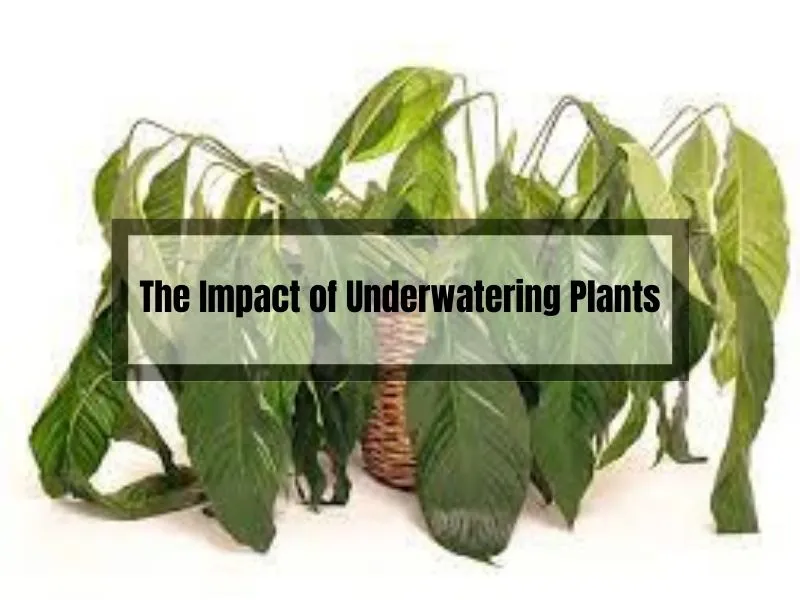
The Signs of Underwatering Plants
Plants give us signals when they are not receiving adequate water. The most obvious sign of underwatering is wilting and drooping leaves. If your plant looks completely lifeless, it’s a sure sign that it needs water. Another indicator is soil pulling away from the pot. If you notice this happening, try shortening the length of time between waterings.
Other signs of underwatering include yellowing or browning of leaves, stunted growth, and crispy, brown leaf edges. If your plant’s pot is too small to support the amount of water it needs to thrive, this can inhibit future growth and be detrimental to your plant in the long run.
To avoid underwatering, make sure to check the soil moisture regularly and water your plants when the top inch of soil is dry. Repotting your plant into a larger pot can also help it get the water it needs.
Related Posts:
The Causes of Underwatering Plants
Underwatering plants can occur due to several reasons. One of the most common causes is a lack of adequate water supply. If you don’t water your plant enough, it will become dehydrated and wilt.
Poor drainage can also cause underwatering. If water cannot drain out of the pot, it can create waterlogged conditions that prevent the plant from taking in water. Environmental factors such as heat or low humidity can also cause plants to become dehydrated.
Inconsistent watering schedules can also cause underwatering. For instance, if you water your plants too frequently one week and then forget to water them the next, this can cause stress on the plant.
The Negative Impact of Underwatering Plants
Underwatering plants can have significant negative impacts on their growth and health. Reduced photosynthesis and growth can occur when the plant is not getting enough water, leading to stunted growth and a weaker plant.
Underwatered plants are also more susceptible to pests and diseases, as their immune system is weakened. Plant stress and reduced immunity can also occur when a plant is underwatered, potentially leading to the death of the plant.
To prevent underwatering, make sure to water your plants regularly and monitor the soil moisture levels. If you suspect your plant is underwatered, increase the frequency and amount of watering. However, be careful not to overwater, as this can also harm the plant.
How to Prevent Underwatering Plants
Proper watering techniques are essential to prevent underwatering. Here are some tips to prevent it:
- Use appropriate soil and containers: Some soils and containers retain moisture better than others. Choose the right ones for your plants.
- Monitor and adjust your watering schedule: Pay attention to the soil moisture levels and adjust your watering schedule as needed. Over time, you’ll learn the signs that your plants need water and create the best schedule.
- Use mulch to retain moisture: Mulching around the base of your plants can help retain moisture in the soil.
- Water thoroughly: When you water your plants, make sure to water thoroughly, allowing the water to seep into the soil. Avoid letting the water run through the dry soil, as this will not allow the roots enough time to drink up.
- Bottom watering: This involves allowing the plants to drink from the bottom up, as much as they want, for up to 24 hours. Bottom watering is especially helpful for plants with deep roots.
By following these tips, you can prevent underwatering your plants and keep them healthy and thriving.
How to Revive an Underwatered Plant
If you do find yourself with an underwatered plant, don’t panic! There are steps you can take to revive it. Here’s what you should do:
- Identify the extent of damage: If the plant has only recently started wilting, it may just need a good watering. However, if the leaves have started to turn yellow or brown, the plant may be severely dehydrated.
- Watering techniques and frequency: As mentioned earlier, bottom watering is a great technique to allow the plant to drink from the bottom up. This technique ensures that the plant is getting enough water, and that it has time to absorb it. You should also water the plant frequently, but not too much at once. In general, it’s better to water a little bit every day than to give the plant a lot of water all at once.
- Pruning and fertilization: Pruning off dead or dying leaves will help the plant redirect its energy to new growth. Fertilizing the plant will provide it with much-needed nutrients to help it recover. However, it’s important to be patient and consistent with care. Reviving an underwatered plant takes time, and it may take a few weeks or even months for the plant to fully recover.
Common Myths and Misconceptions about Watering Plants
There are several common myths and misconceptions about watering plants that can lead to underwatering. Here are a few of them:
- “Less is more” – the myth of minimal watering: While it’s true that overwatering can be detrimental to plants, underwatering can be just as harmful. It’s important to find a balance between too much and too little water.
- Overwatering is the only issue: Underwatering is just as problematic and can lead to the same negative impacts as overwatering.
- Watering at any time of day is okay: Plants absorb water best in the early morning, so it’s best to water your plants in the morning hours.
- All plants require the same amount of water: Different plants have different water requirements, so it’s important to research the water needs of your specific plants.
Watering Tips for Specific Types of Plants
Different types of plants have varying water requirements, and knowing how much to water each plant type is crucial. Here are some tips for watering specific types of plants:
- Succulents and cacti: These plants store water in their leaves, so they require less frequent watering. Allow the soil to dry out completely between waterings, and only water once every two weeks or so.
- Tropical plants: These plants require more water and higher humidity than succulents and cacti. Water them once a week, and mist them regularly to increase humidity.
- Herbs and vegetables: These plants require more water than most indoor plants. Water them frequently, and make sure the soil stays moist but not waterlogged.
- Indoor plants: These plants generally require less water than outdoor plants, as they are not exposed to as much direct sunlight or wind. Check the soil regularly and water when it starts to feel dry.
- Outdoor plants: These plants require more water than indoor plants, as they are exposed to more sunlight and wind. Water them deeply, making sure the soil is moist to a depth of several inches.
By adjusting your watering habits based on the type of plant you have, you can ensure that your plants are getting the appropriate amount of water.
The Role of Humidity in Plant Watering
Humidity is a key factor in determining the appropriate amount of water for your plants. Relative humidity, which refers to the amount of moisture in the air compared to the maximum amount of moisture that the air can hold at a given temperature, plays a crucial role in plant watering.
Different plants have varying optimal humidity levels, so it’s important to research the humidity needs of your specific plants. If the air in your home is too dry, you may need to increase the humidity levels to ensure your plants are receiving enough moisture.
You can do this by using a humidifier, placing a tray of water near your plants, or misting them regularly. Conversely, if the air is too humid, you may need to adjust your watering habits to prevent overwatering. When the air is humid, plants may not be able to absorb as much moisture through their roots, so they may require less frequent watering.
The Effects of Underwatering on Plant Health and the Environment
Underwatering can have negative impacts on plants, the environment, and agriculture. When plants are not able to photosynthesize properly due to underwatering, their ability to absorb carbon dioxide from the atmosphere is reduced, which can have negative impacts on air quality and the environment.
Underwatering can also destroy habitats for various organisms, disrupt ecosystems, and reduce crop yields, leading to lower food supplies and increased food insecurity.
To prevent these negative effects, it is important to recognize the signs of underwatering, such as wilting and stunted growth, and take action to ensure that plants receive enough water.
This may include adjusting watering schedules, using efficient irrigation systems, and choosing plants that are well-suited to local climate conditions. By taking these steps, you can help ensure the health of your plants and the environment.
Conclusion
Watering is a crucial aspect of plant care, and underwatering can have significant negative impacts on your plants, the environment, and food production. It’s important to know the signs, causes, and negative impacts of underwatering, as well as how to prevent and revive underwatered plants.
By following proper watering techniques, using appropriate soil and containers, monitoring and adjusting your watering schedule, and using mulch to retain moisture, you can prevent underwatering. If you do find yourself with an underwatered plant, don’t panic! By identifying the extent of damage, using proper watering techniques, pruning and fertilization, and being patient and consistent with care, you can revive your plant.
Remember to research the water and humidity needs of each specific type of plant, and avoid common myths and misconceptions about watering. By taking proper care of your plants, you can ensure their health and the health of the environment.
Related Posts:

